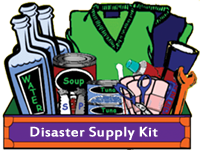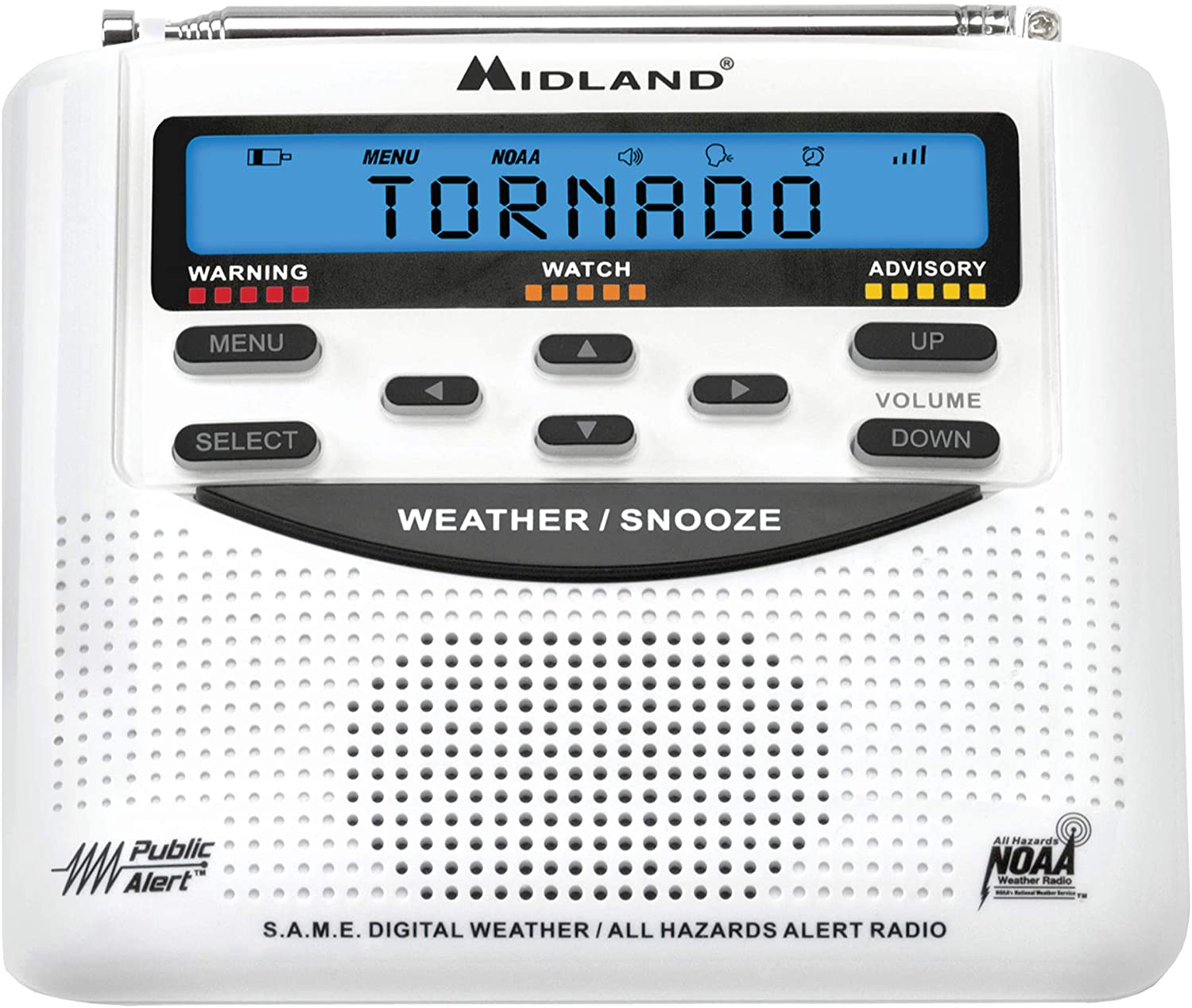Georgia Severe Weather Preparedness
Family Preparedness
Families should be prepared for any type of hazard that could affect their area. The best way to do this is to develop a family disaster plan. View this video and the steps below to make you sure and your family are prepared for an emergency. Remember to also inquire about emergency plans at work and school.

|
Get a Kit
- This kit is a group of items you may need during a disaster. By having these items grouped together, you can quickly grab your kit and leave if an evacuation is ordered for your area.
- Make sure to have food and water for each person and your pets for at least 72 hours. Sometimes emergency workers can not reach you immediately and you'll need to survive on your own.
- Keep in mind that basic services such as electricity and water may not be available. Make sure that your kit includes items that will help you manage through these lose of services.
- Disasters can be hard on adults and children - make sure to include some comforting items in your kit, whether it is a teddy bear or a game for a child or comfort/stress foods for adults.
- Visit FEMA at Ready.gov for a downloadable emergency supply kit checklist.
|

|
Make a plan
- Learn what hazards affect your area. Contact the National Weather Service office in Peachtree City, your local emergency management office, or a local Red Cross chapter to learn which hazards can affect you.
- Make sure you know what to do when severe weather strikes.
- If you get separated from family, make sure you have a place to meet or have a out-of-town contact to let know you are ok.
- You can fill out your Family Emergency Plan through Ready.gov.
- Involve children in the plan making process. See how Sesame Street can help kids be ready for a disaster!
- Practice your plan.
|

|
Be informed - get the warning (NOAA Weather Radio + Wireless Emergency Alerts)
- Make sure that you get watches, warnings and advisories when severe weather strikes. These are just a few ways in which to get watches, warnings and advisories - remember it's important to receive alerts and warnings multiple ways.
- Have a NOAA Weather Radio. Make sure it's plugged in, turned on, and have extra batteries just in case the power goes out. A key benefit of NOAA Weather Radio is it will alert you while you are sleeping so you can take shelter.
- Wireless Emergency Alerts (WEA) are a nationwide text emergency alert system which will send an automated alert (text) to your mobile device when significant weather threatens (i.e. Tornado Warning, Flash Flood Warning, etc.)
- Check with your local emergency manager to see if there are sirens in your area. Learn the policy specific to your area and remember that sirens are an outdoor warning system and are not designed to be heard indoors.
- Local television and radio stations also broadcast (scroll) severe weather watches and warnings. These scrolls are not controlled by the NWS.
|
*Portions of the information above is from FEMA and the Red Cross.
|